In 1980, Shizuo Tsuji released the first edition of his groundbreaking Japanese cookbook, Japanese Cooking: A Simple Art. His goal was not merely to present a series of recipes, but rather to teach the reader how to cook in the spirit of Japan––or as he puts it, to “lay open the heart of Japanese cuisine.” To accomplish this, the book is not organized like traditional Western cookbooks, by course or by ingredient. Traditional Japanese cookbooks are organized by cooking method since this is how a meal is planned.
Recipes are grouped according to whether food is raw and pristine (sashimi), grilled (yakimono), steamed (mushimono), simmered (nimono), deep-fried (agemono) or vinegared (sunomono). At a formal banquet, a kaiseki meal, the dinner may begin with Lilliputian-sized offerings of zensai, similar to a French chef’s amuse bouche. After this comes a clear soup (suimono) and sashimi. Then there is a parade of courses based on cooking method. The last course will always include the same elements—rice, soup and pickles, followed by green tea and fresh fruit.
Restaurants often specialize in a particular cooking method. One goes to a sushi restaurant for vinegared rice and raw fish, a tempura house for fried tidbits cooked to order, a yakitori bar for grilled skewers, or a noodle shop for ramen.
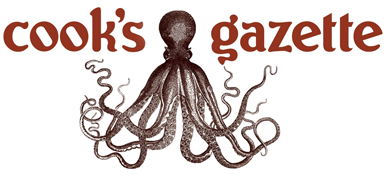
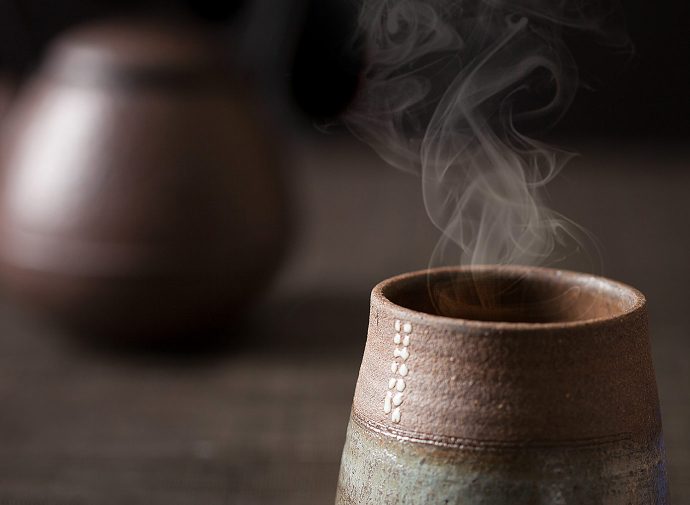
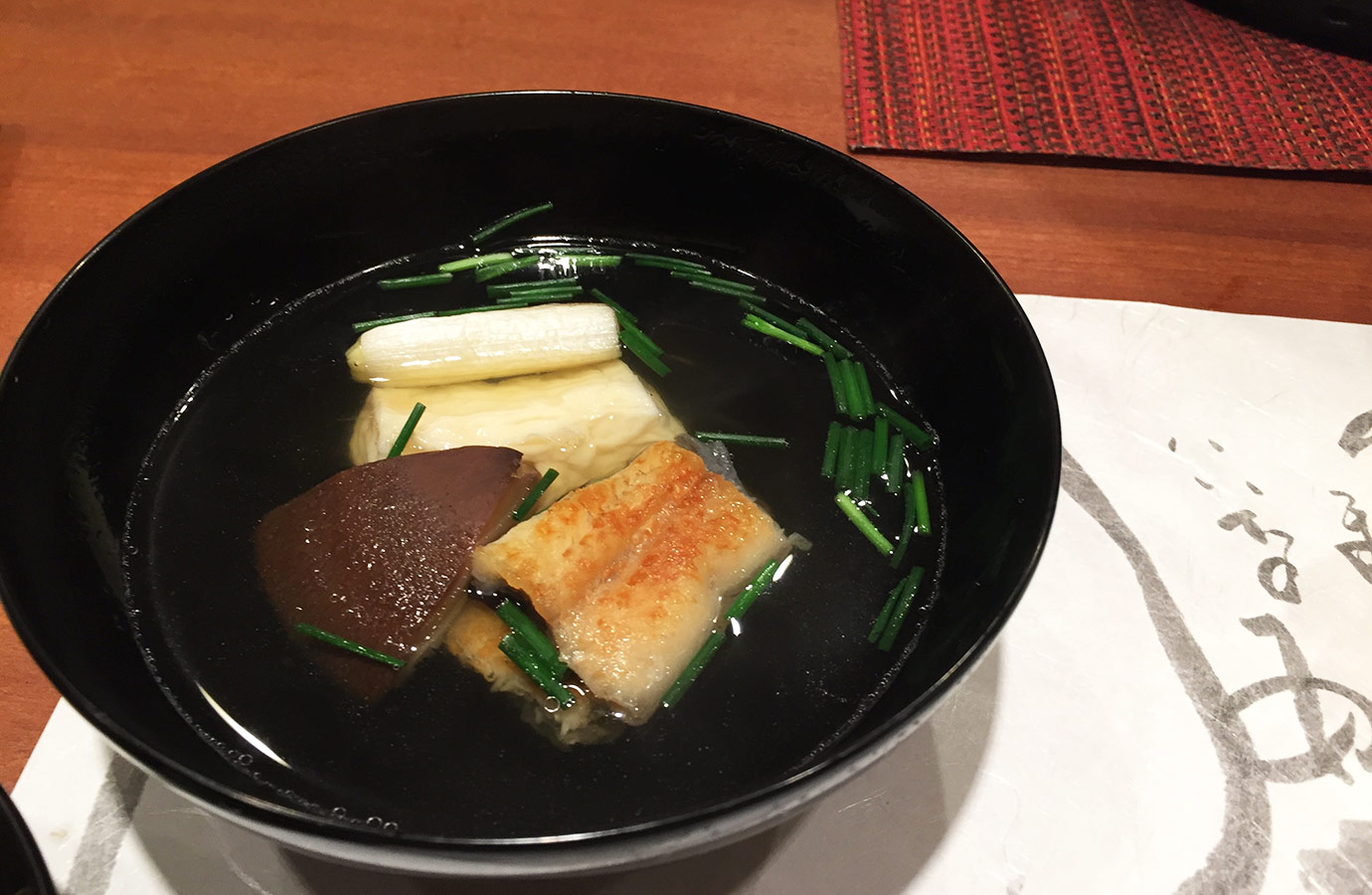
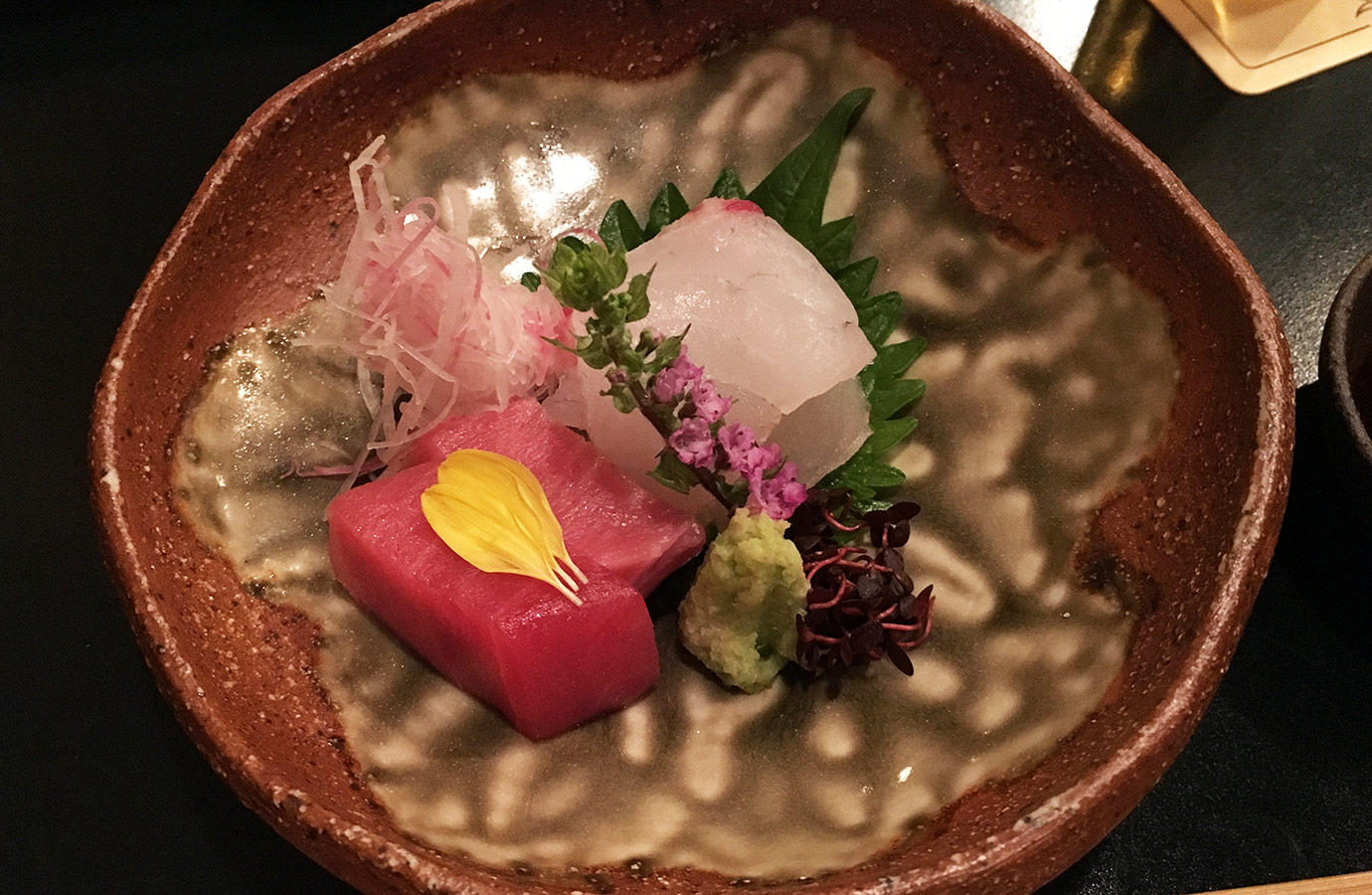
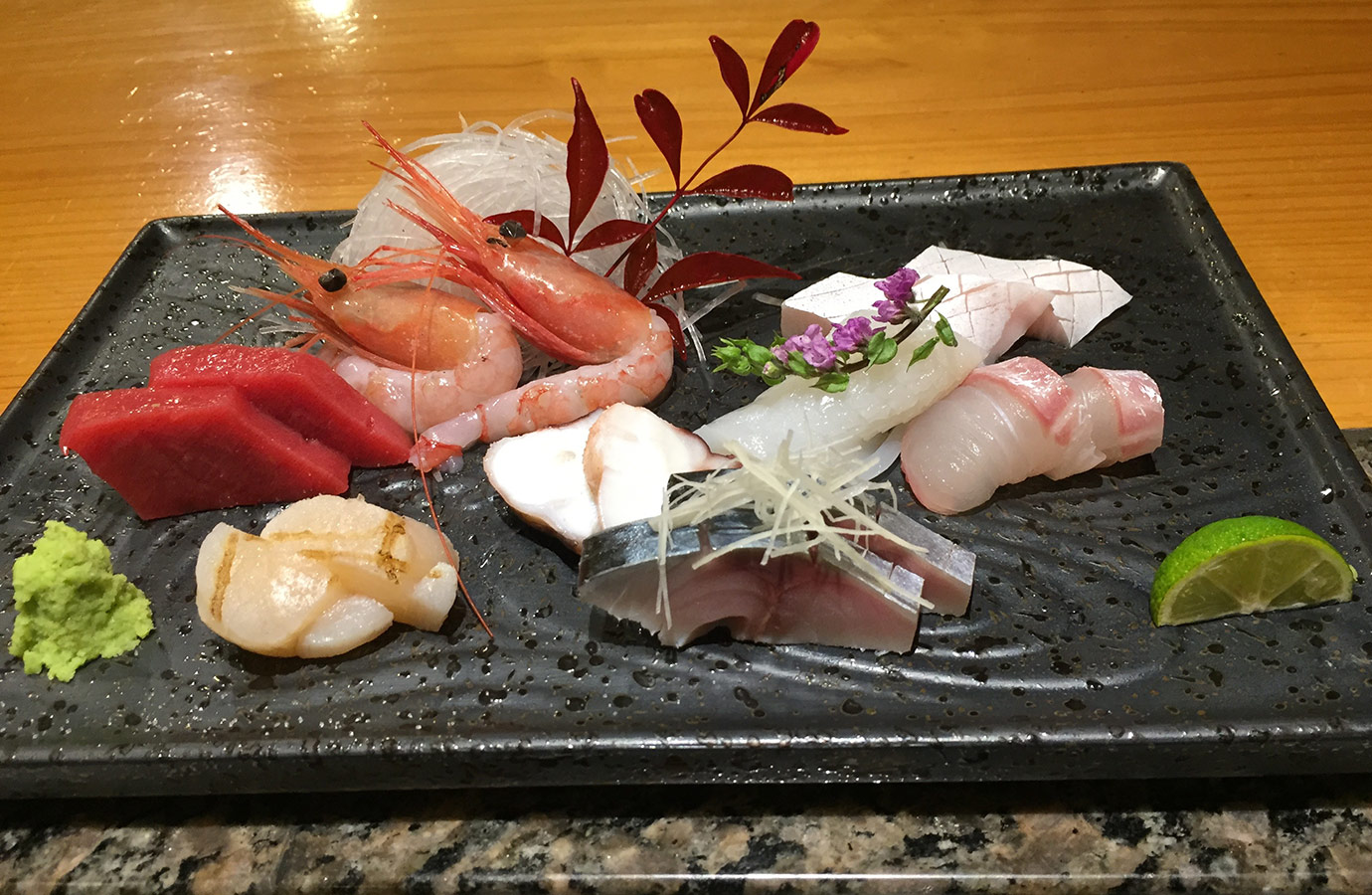
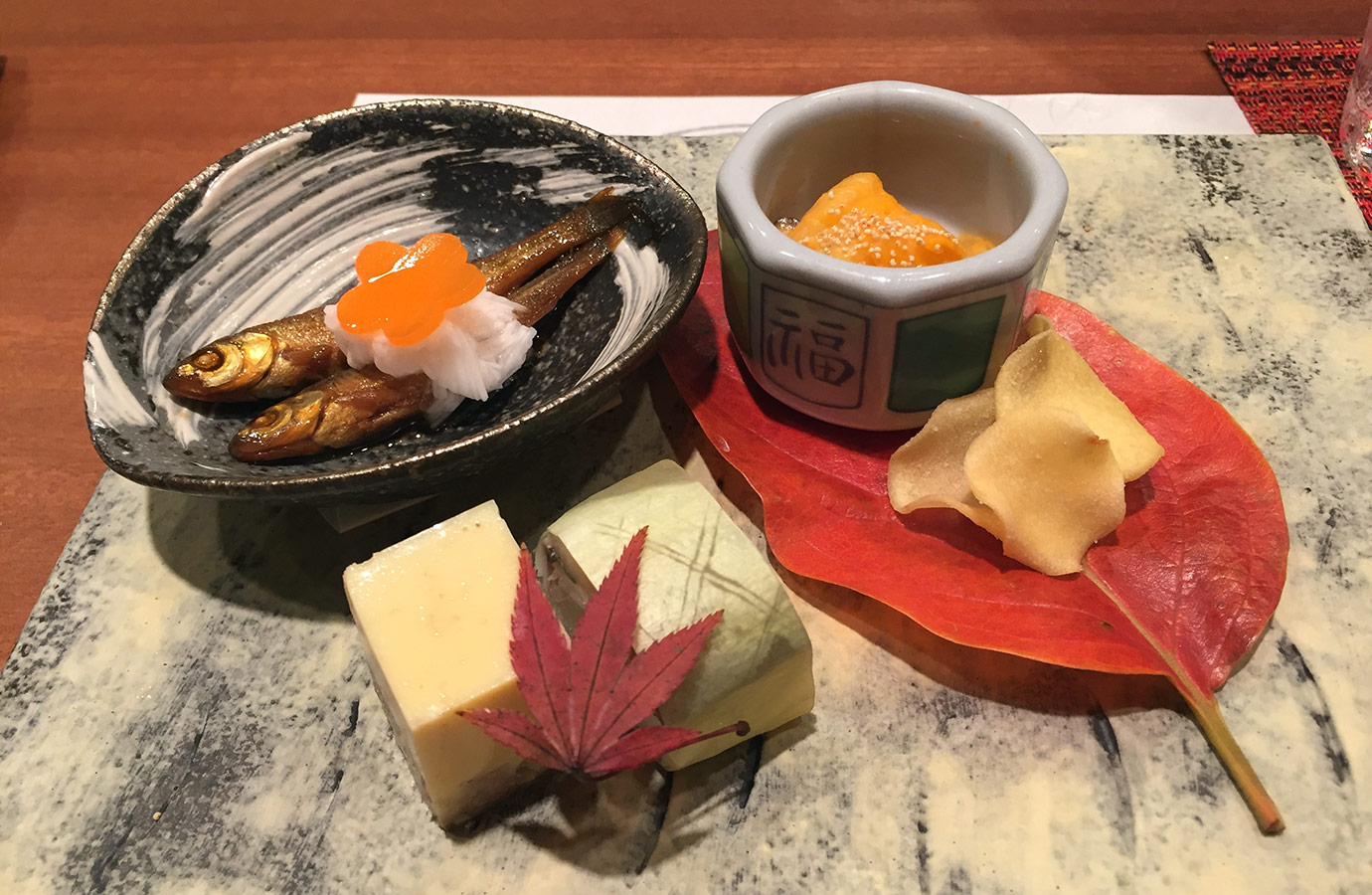
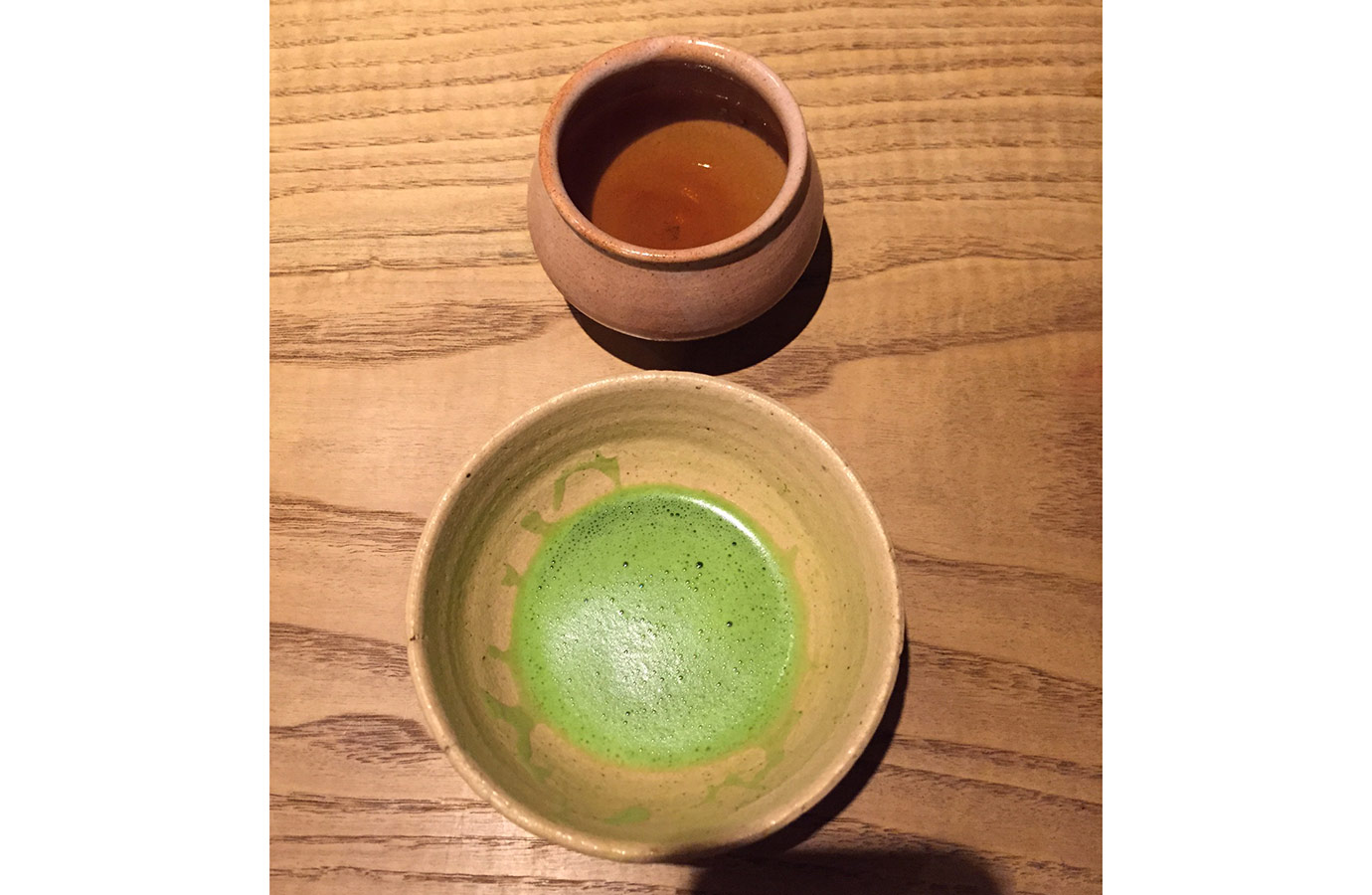
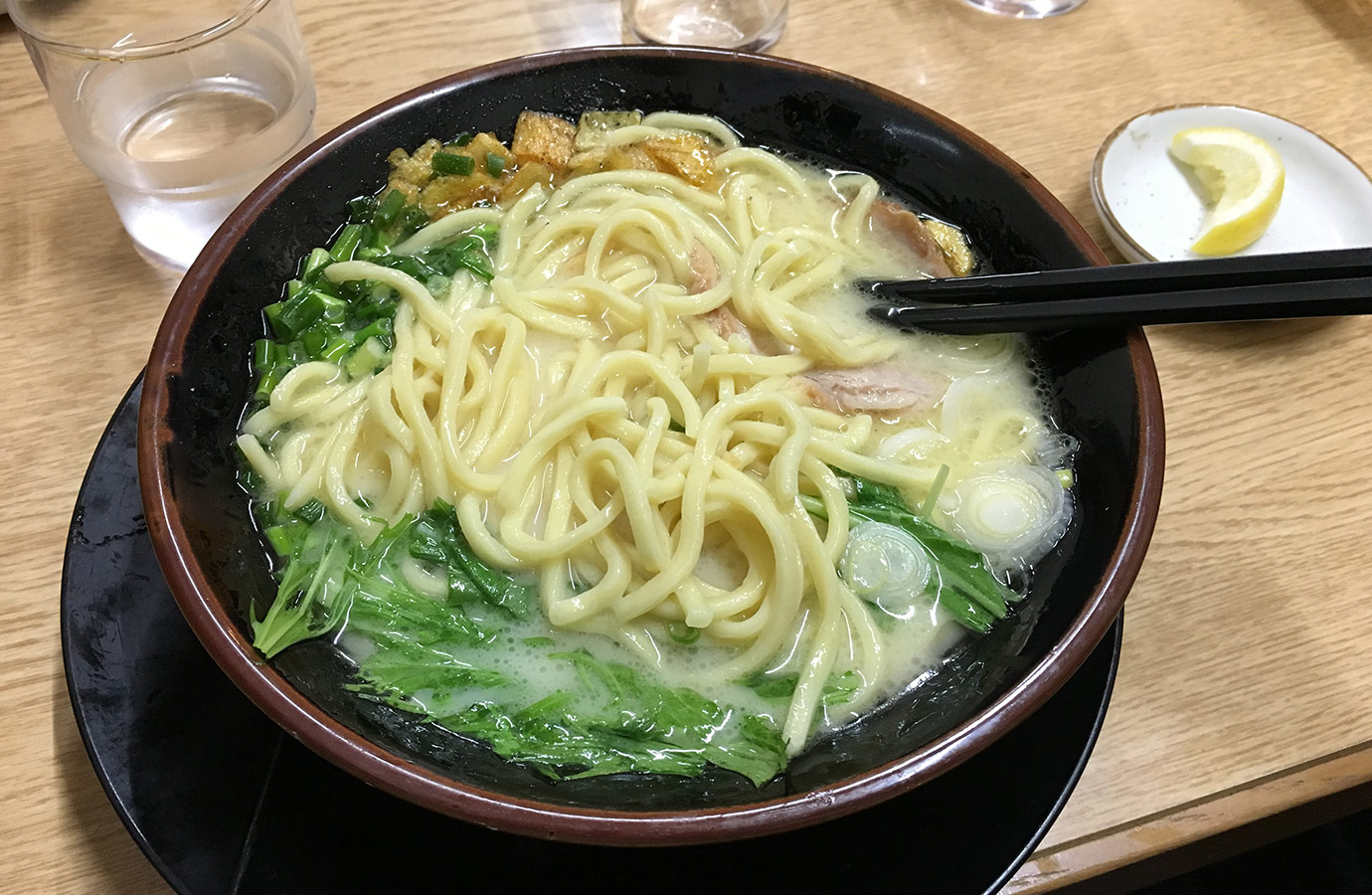
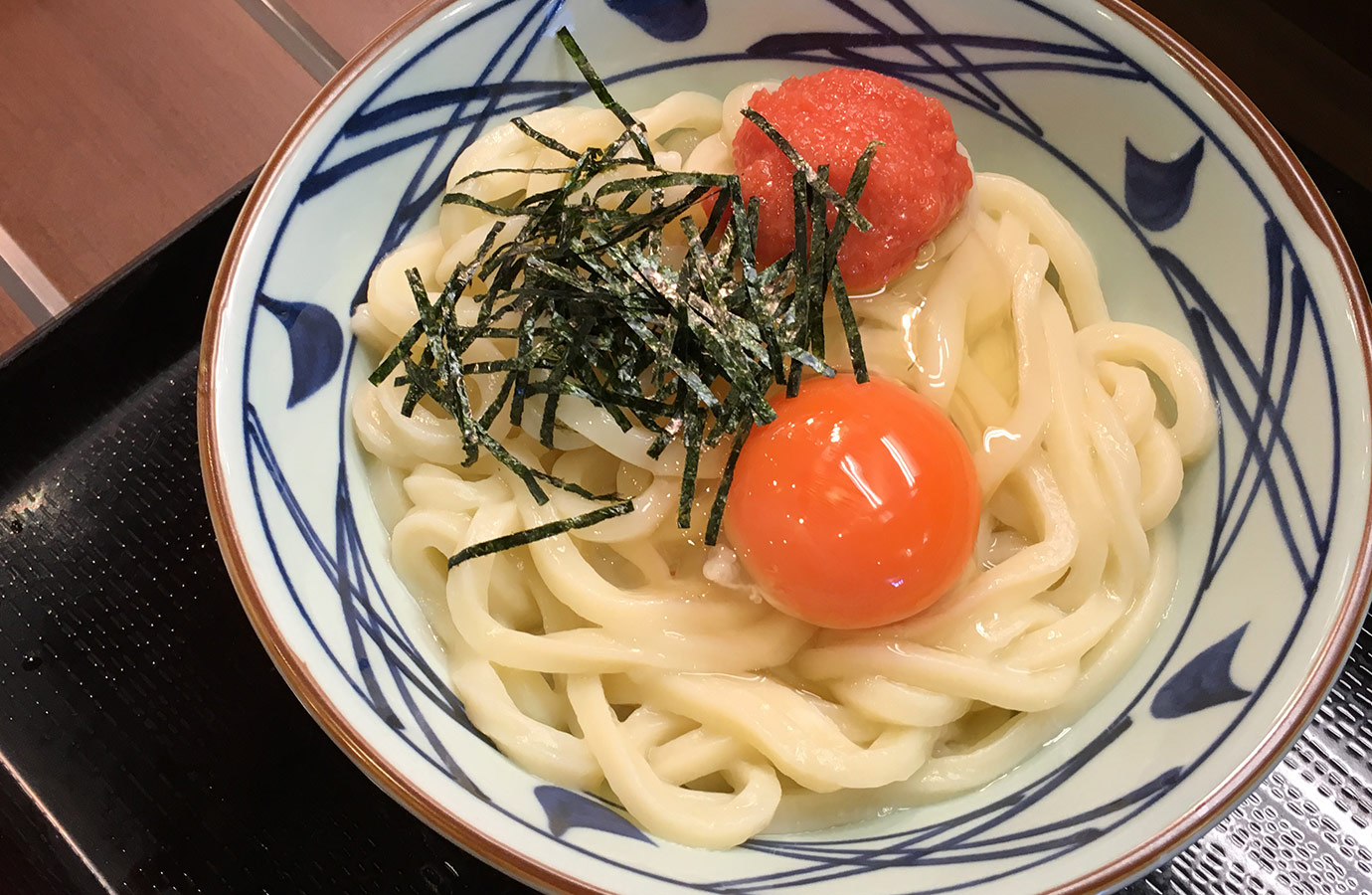
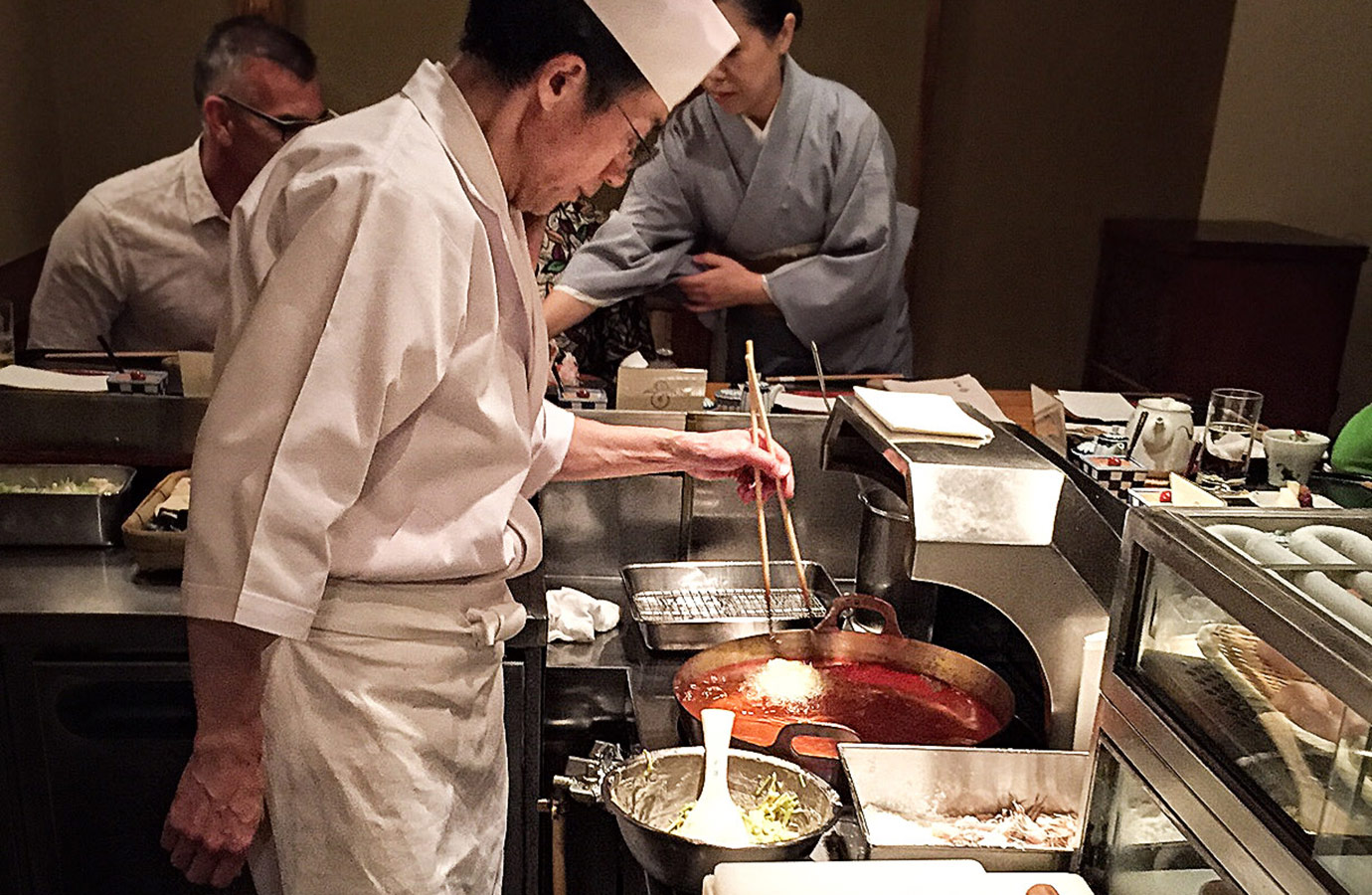
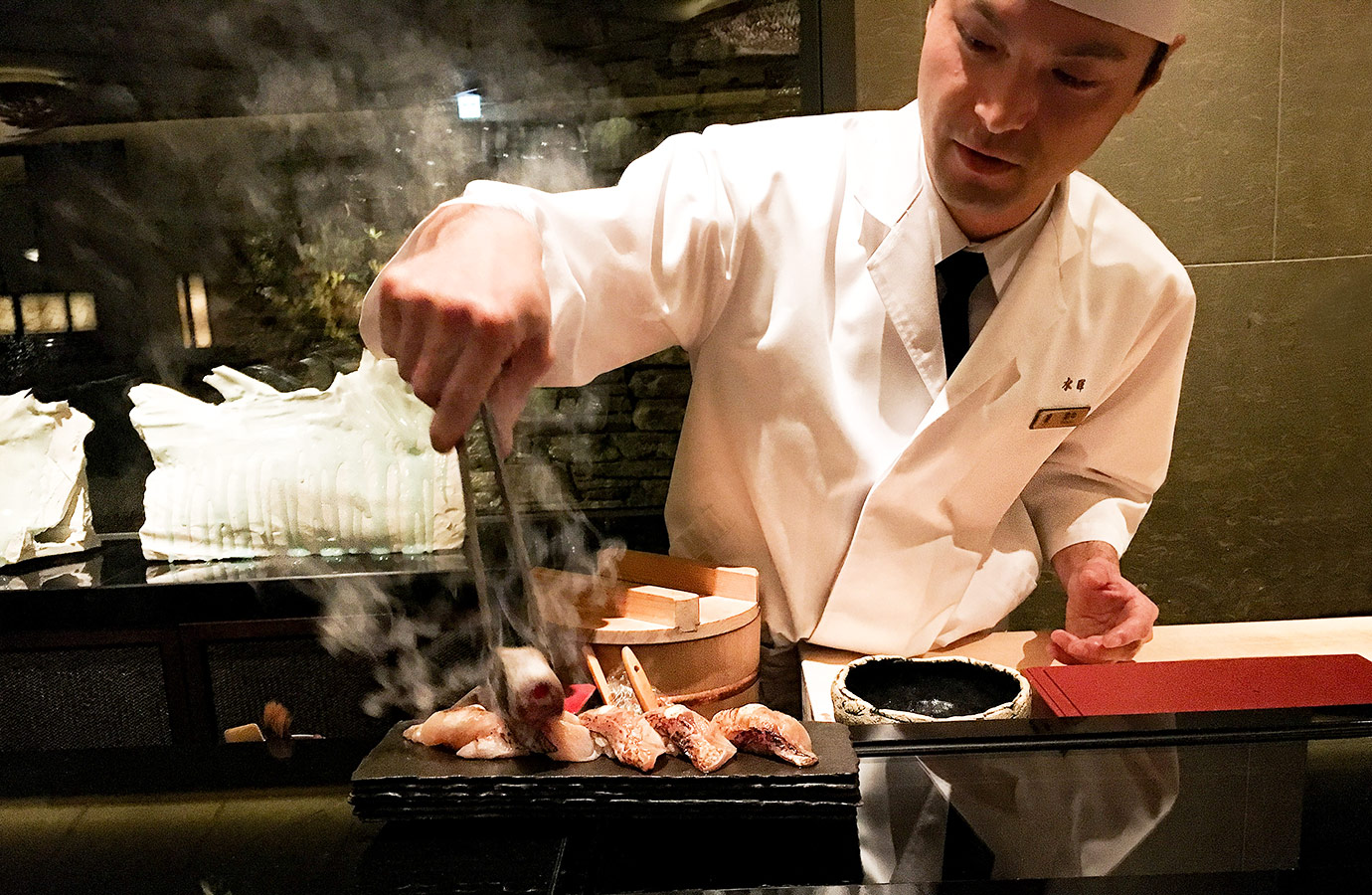
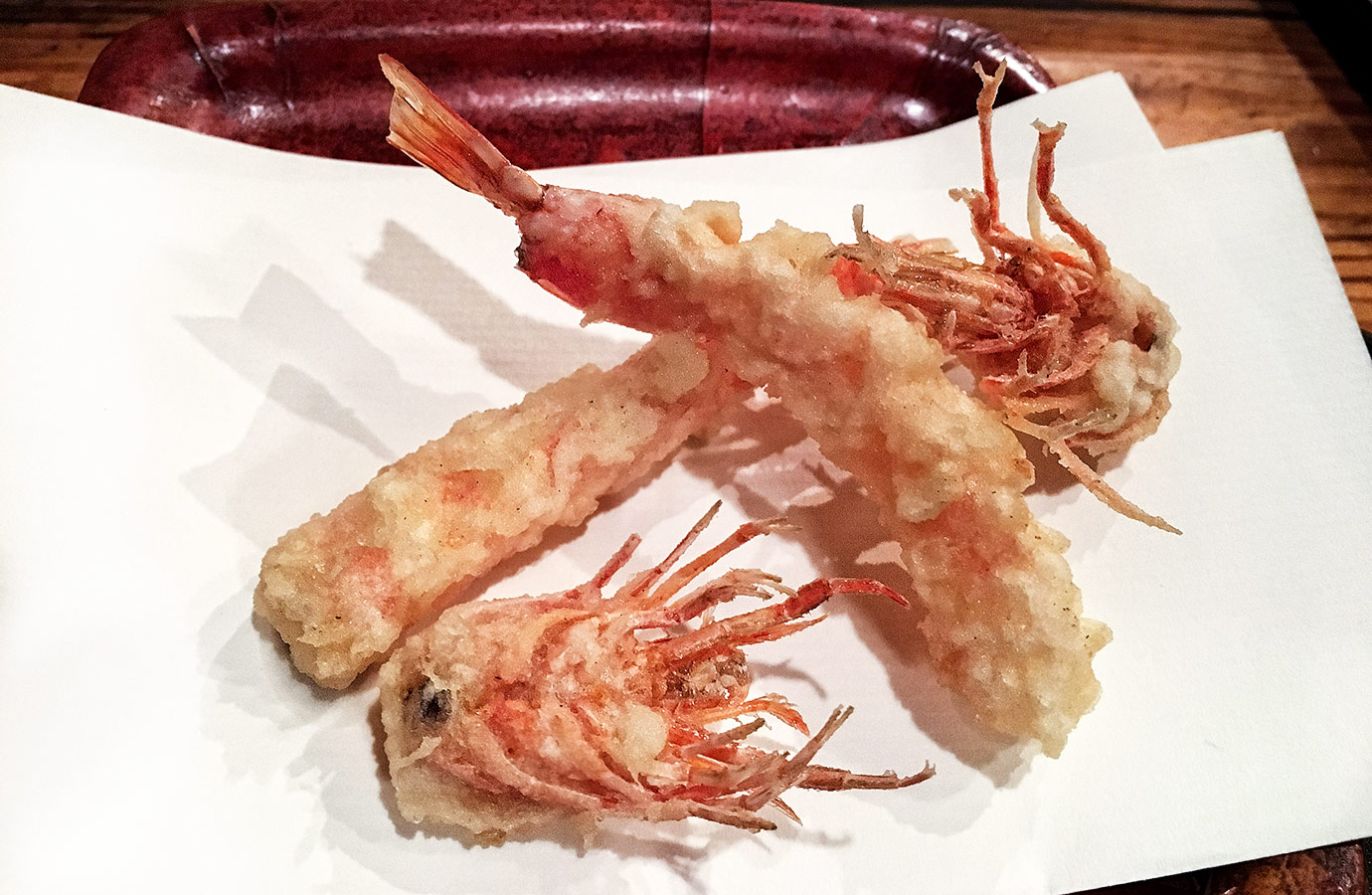
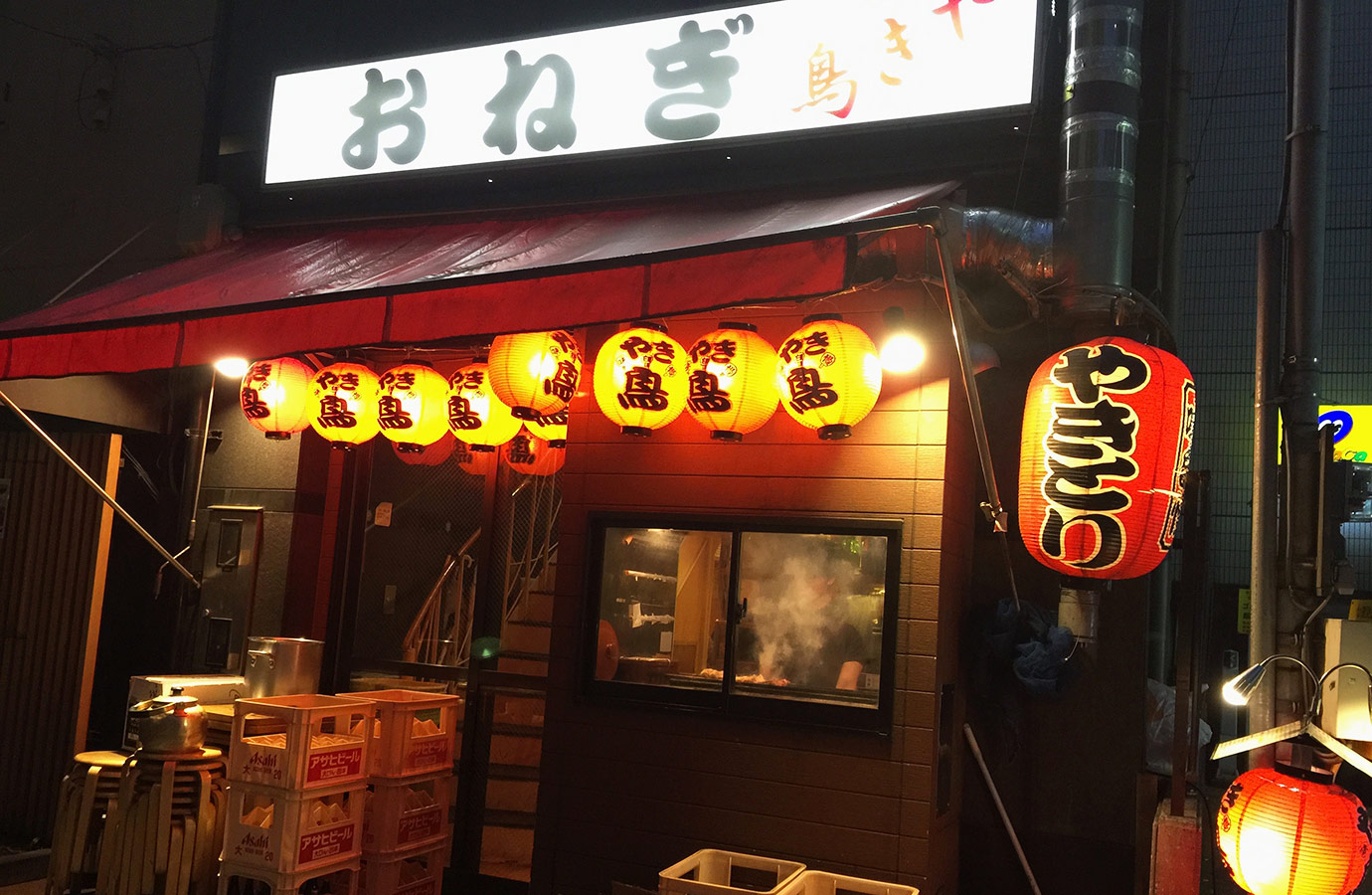
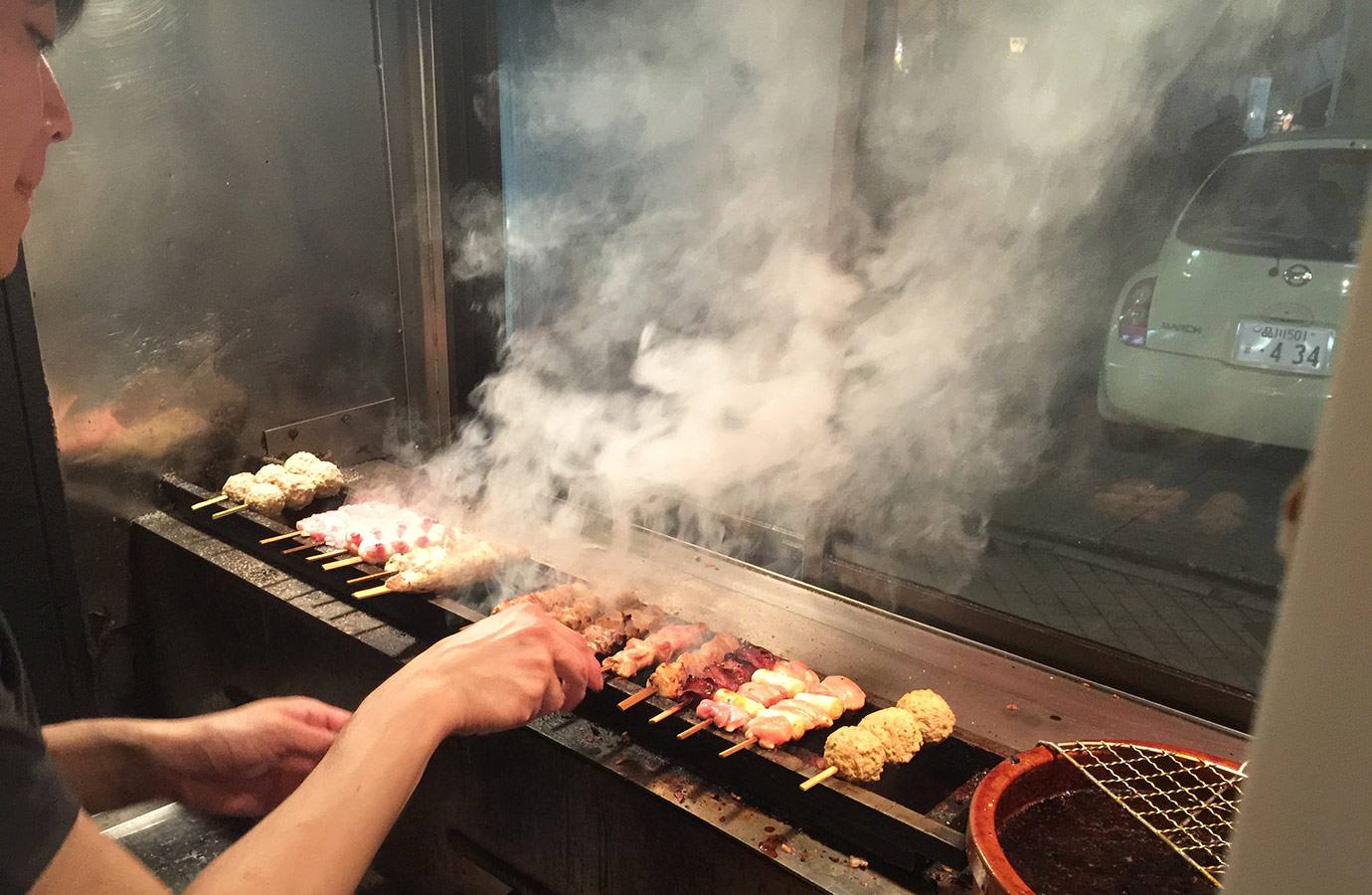
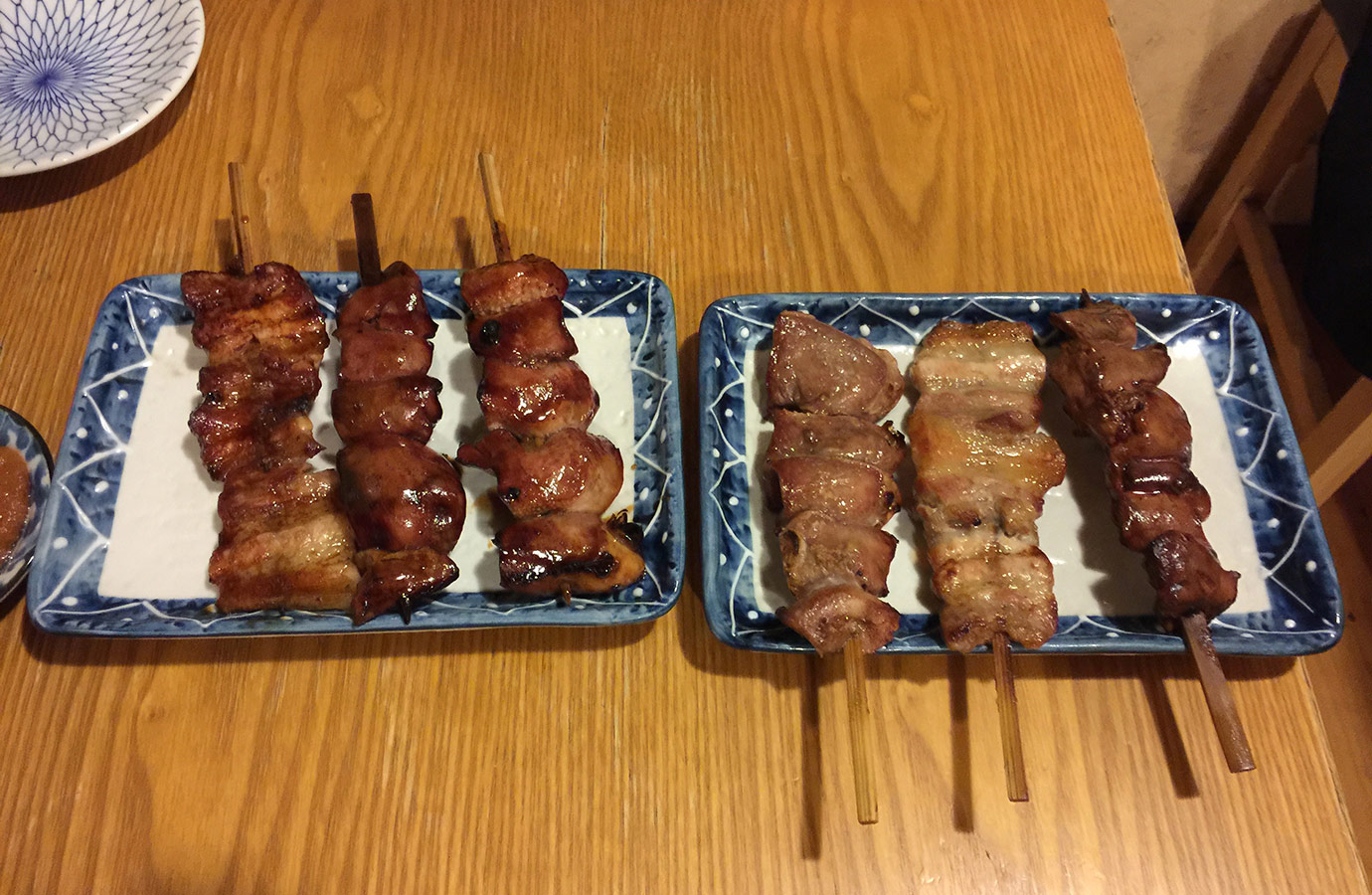
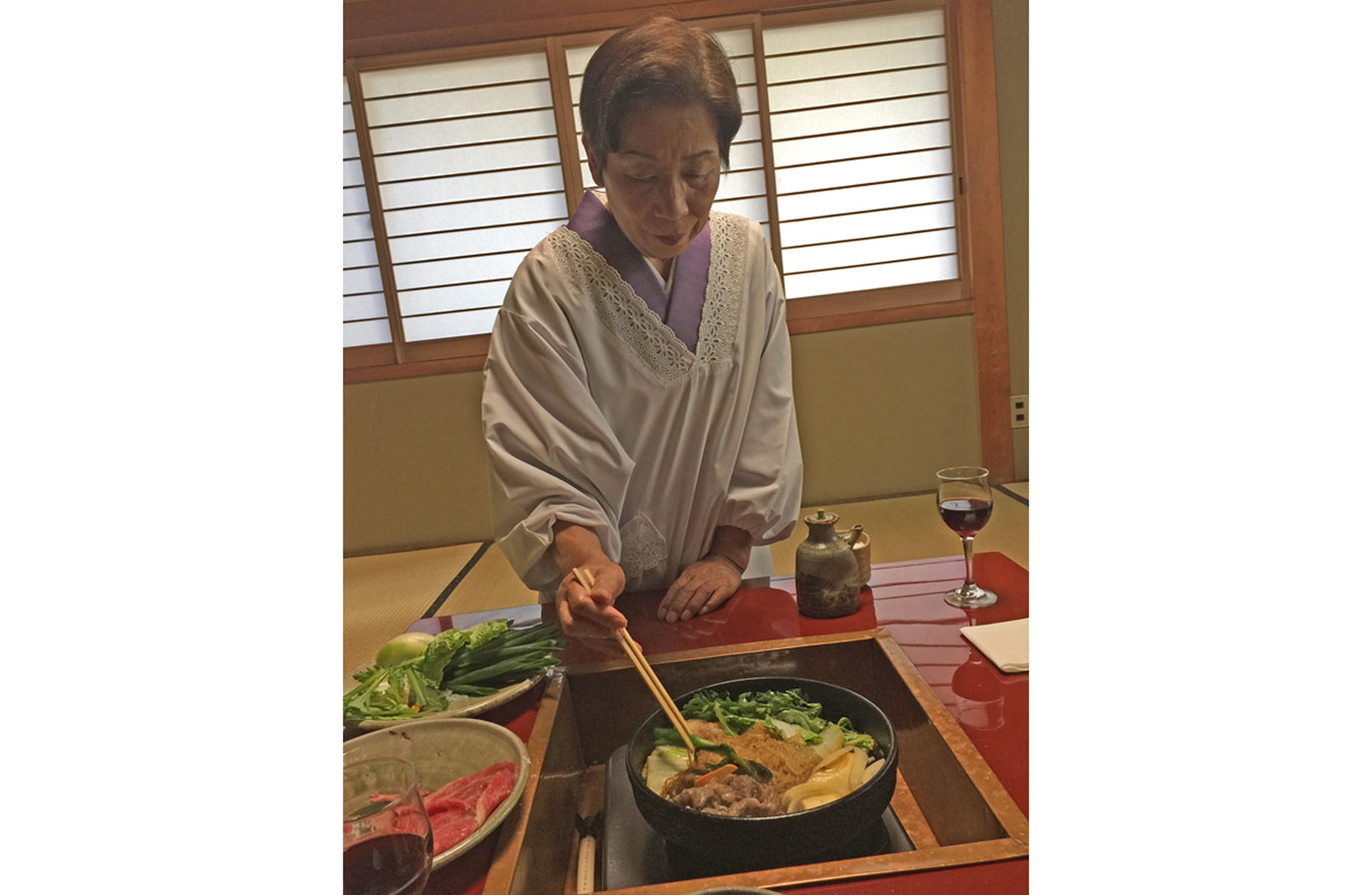
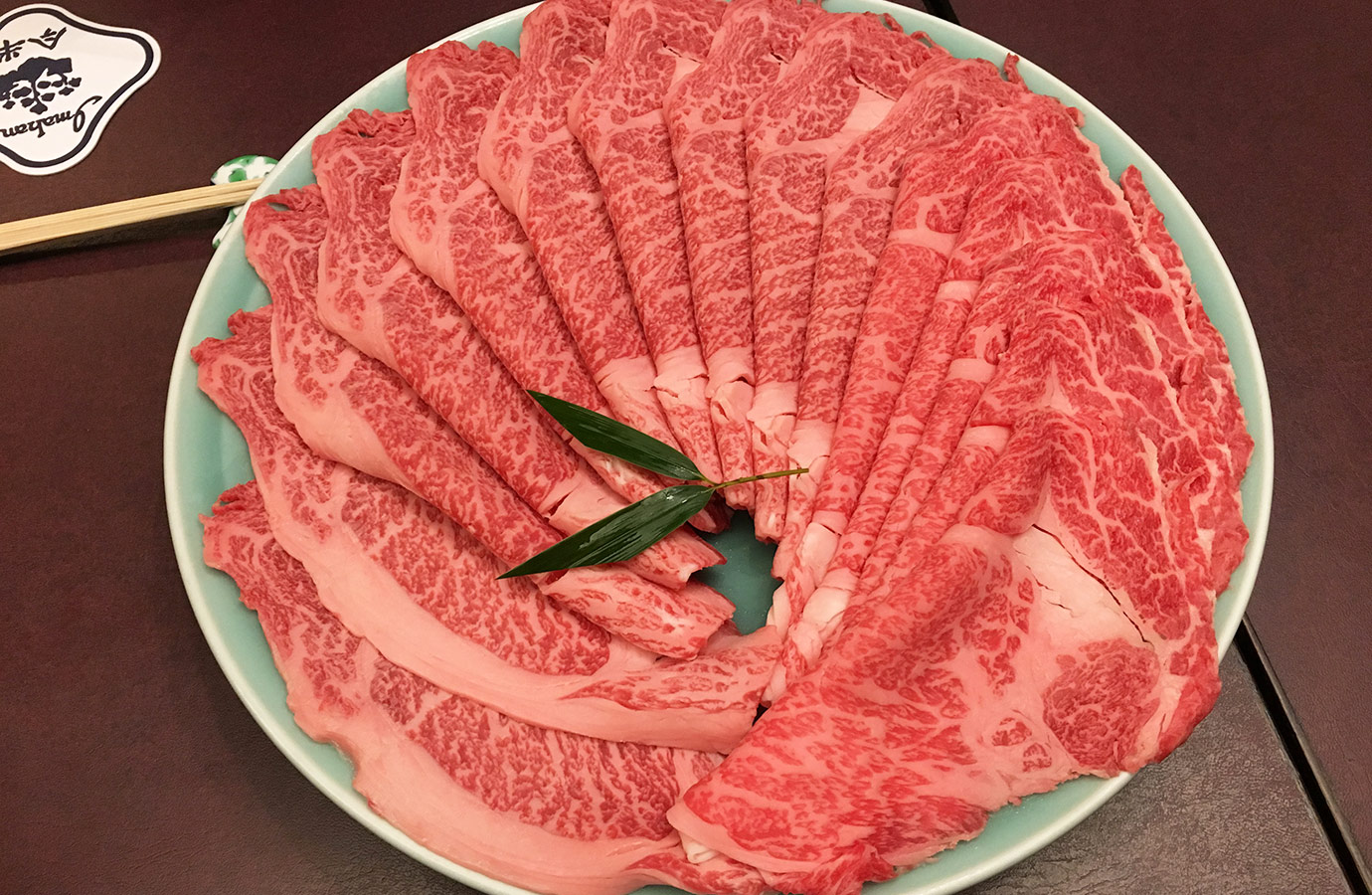
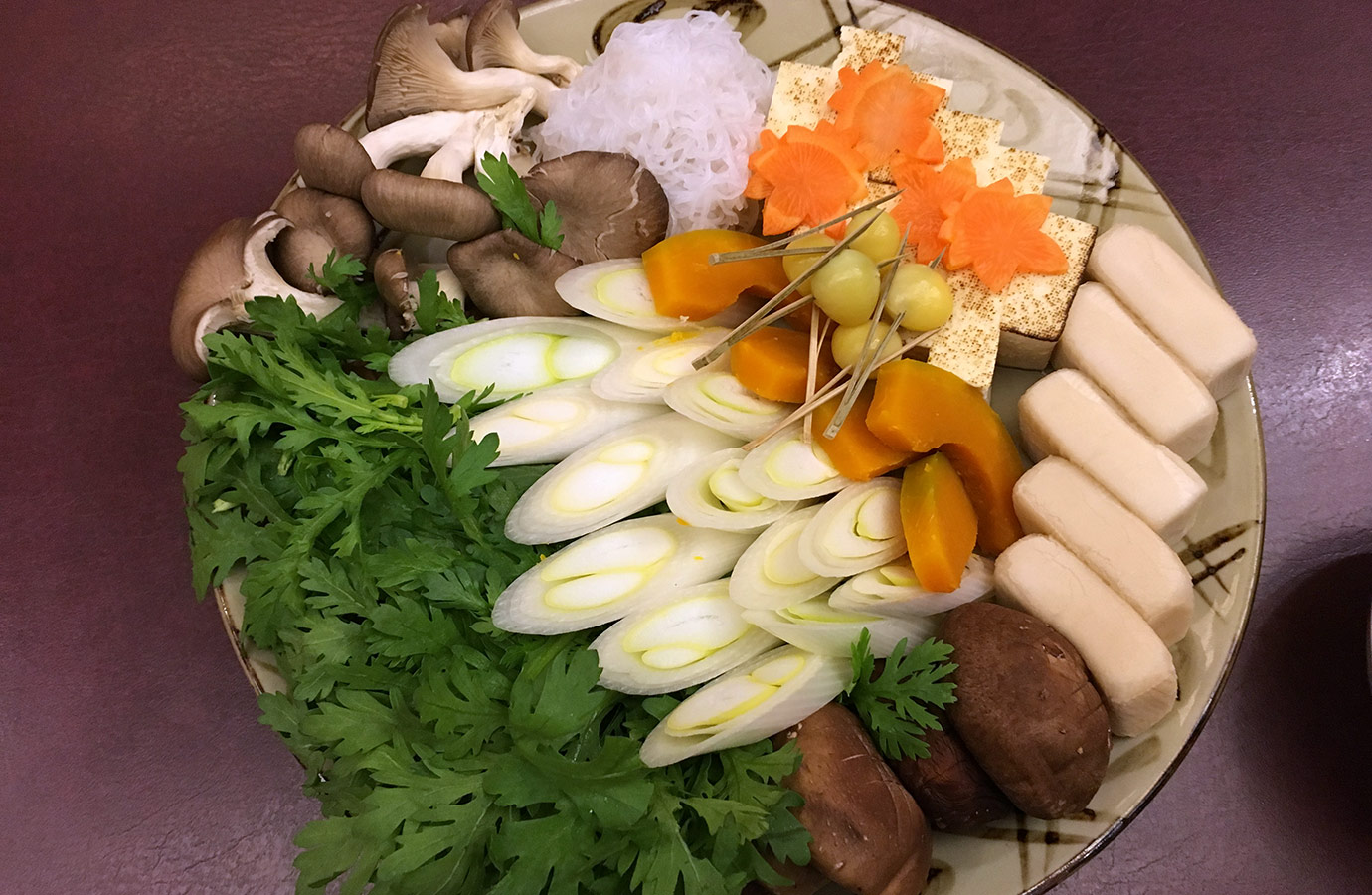
Looks delicious and love the way the steam rises from the cup. I can imagine how great it tastes!